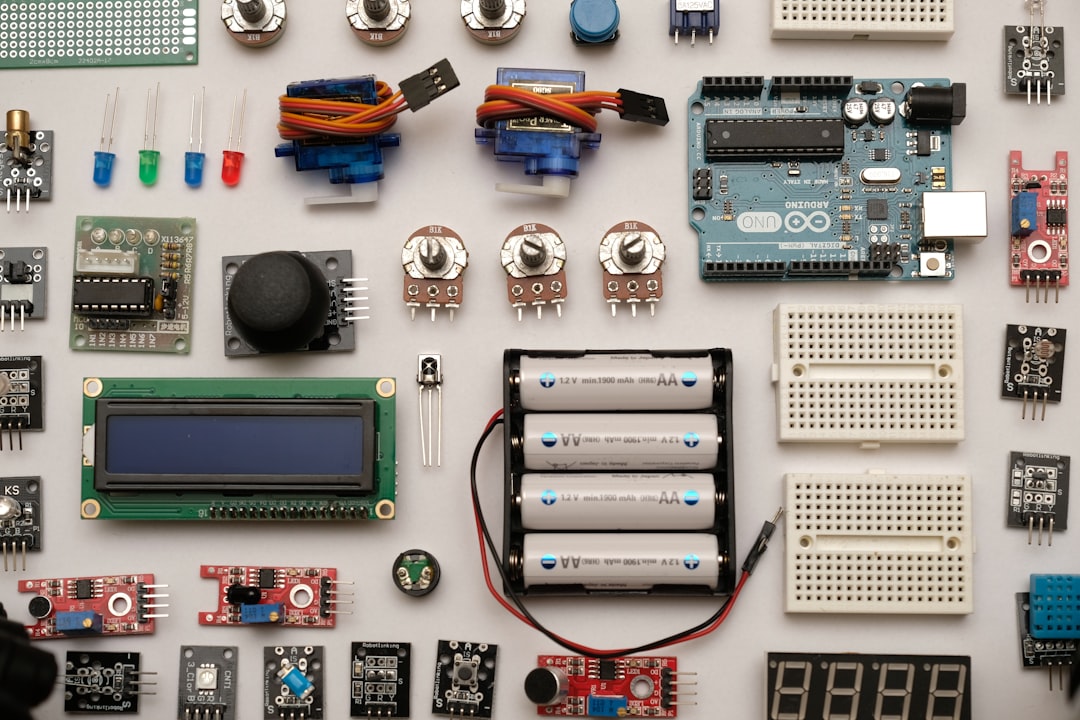Epsom Salt Solution for Battery Desulfation
What Happens When You Use Baking Soda in Your Battery?
S. Similarly, aspirin decomposes into acetic acid which attacks the positive lead dioxide plates inside the battery, reducing its lifespan after an initial temporary boost in capacity. Baking soda, though effective for cleaning acid corrosion on the exterior parts of a battery, can neutralize the essential sulfuric acid inside the cell if introduced internally, thus permanently damaging it.
By identifying these issues early, you can apply the correct maintenance practices and extend the life of your batteries. Battery AgeThe age of your battery plays a crucial role in its reliability; most batteries have an effective lifespan between three to five years.
This misinformation stems from a basic misunderstanding of battery chemistry. These features help prevent sulfation-the accumulation of lead sulfate crystals-and stratification by evenly distributing electrolyte levels across cells during charging cycles.
Swelling, leaking, or any case deformities are immediate red flags. Battery, explain that while Epsom salt might increase specific gravity readings, it does so artificially and does not enhance actual battery performance because it doesn't increase sulfuric acid concentration.
